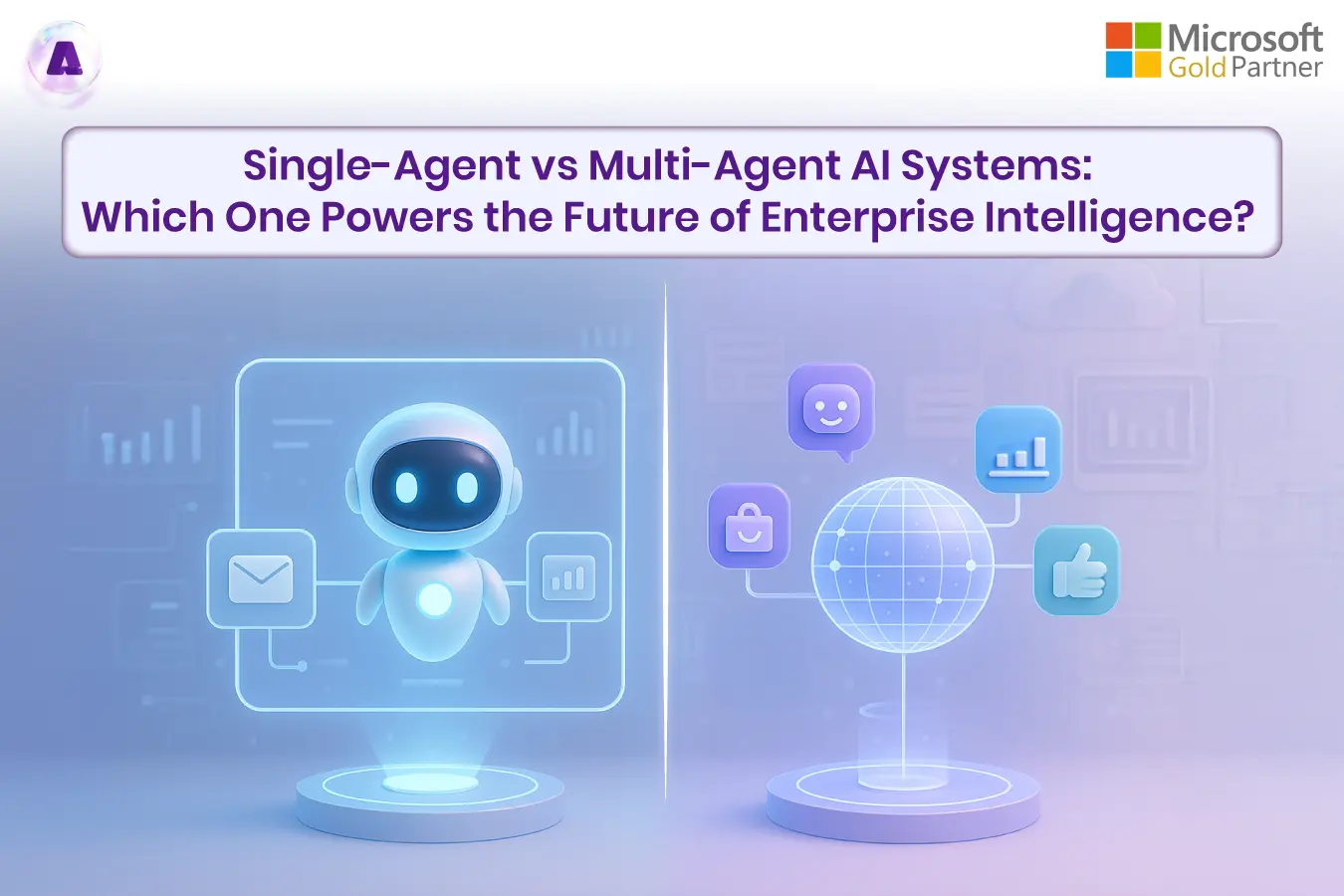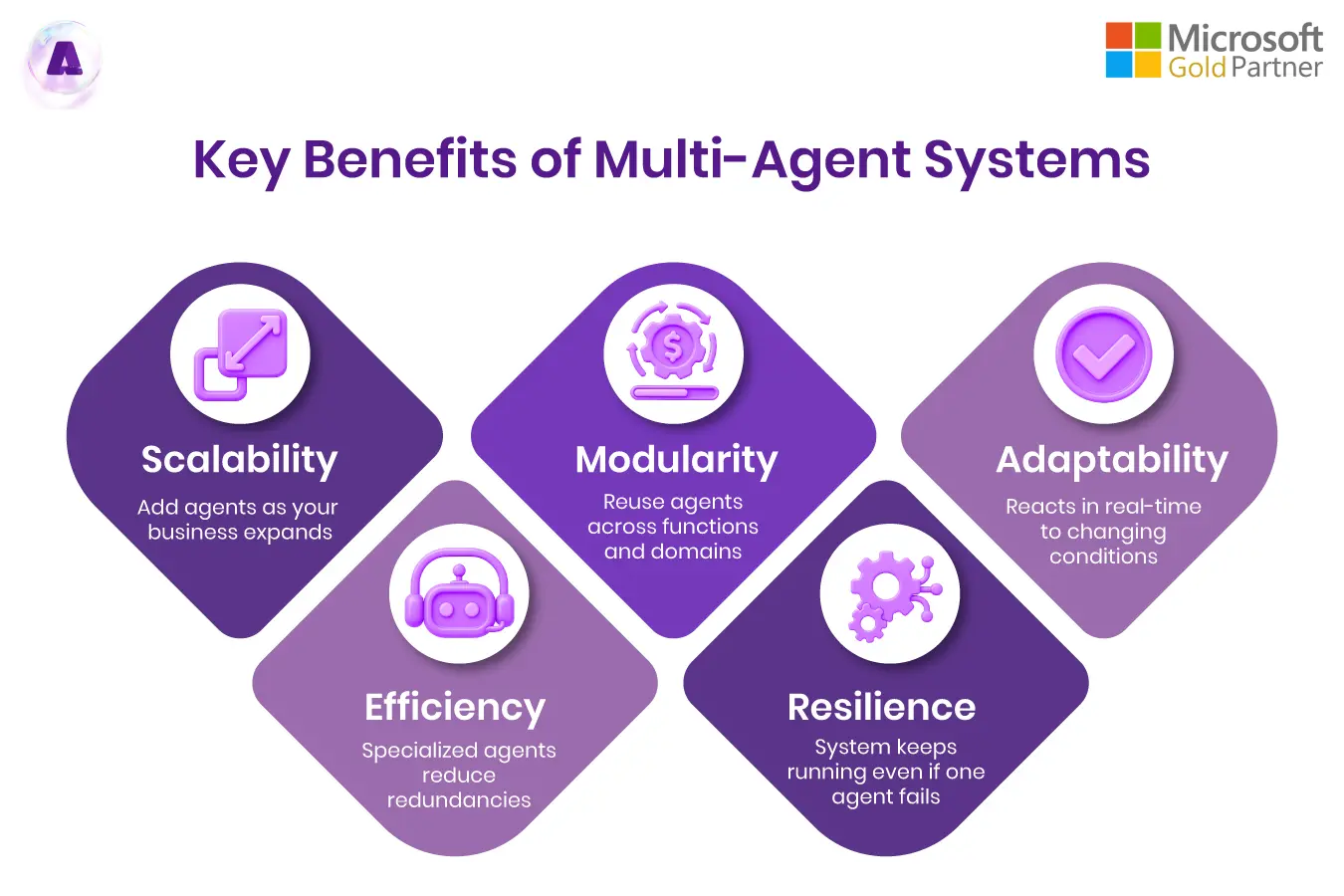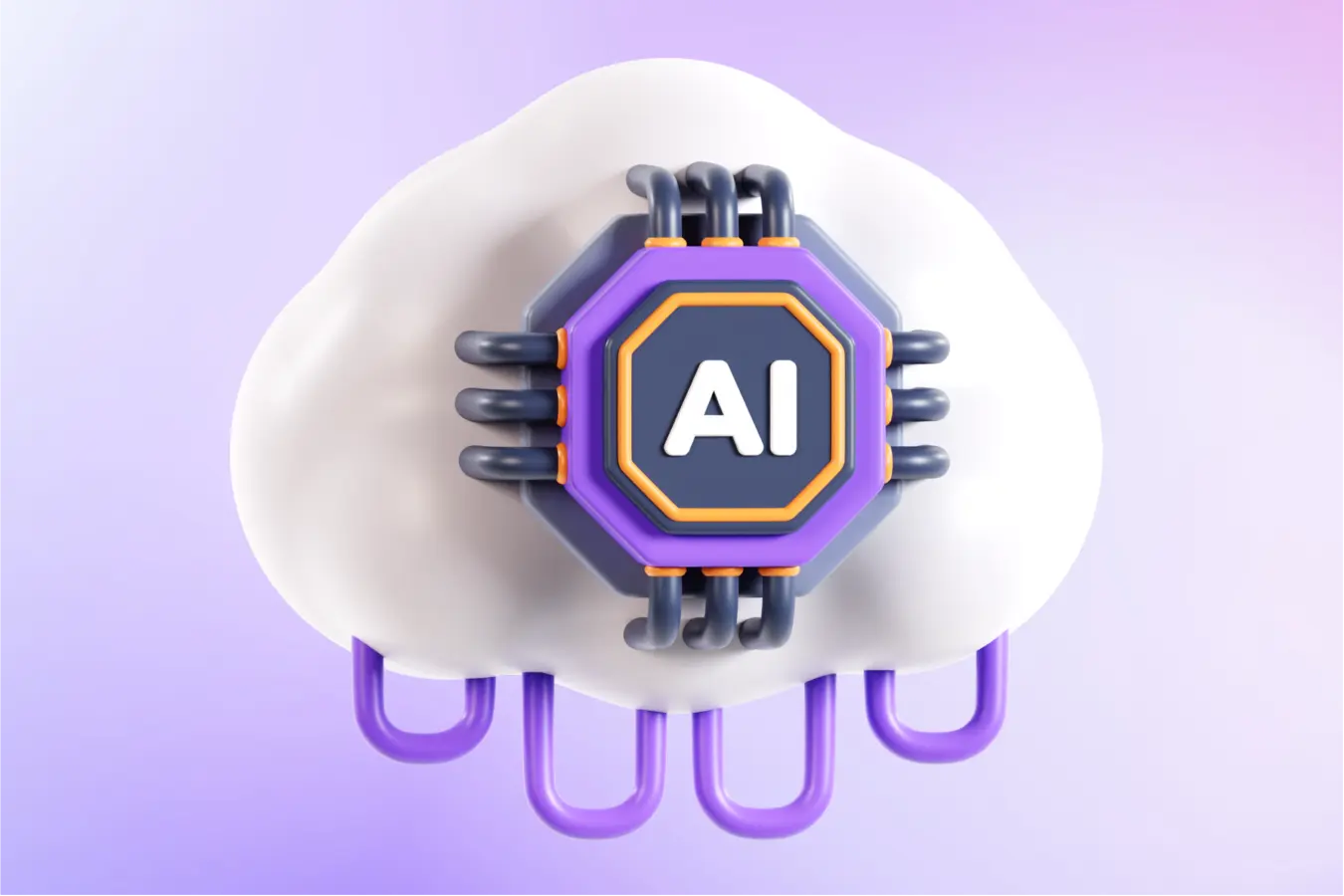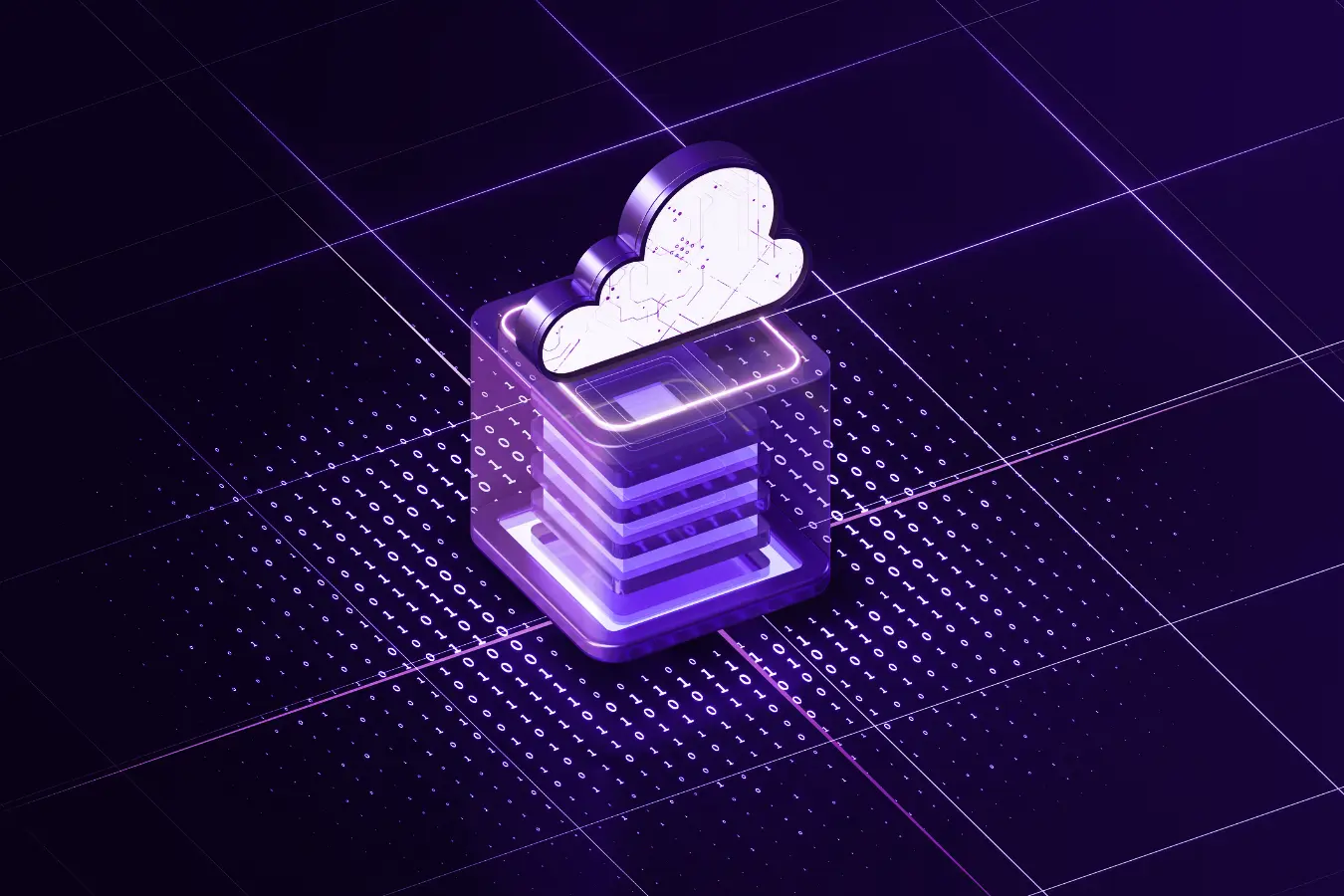
We’ve all experienced AI in action—whether it’s a chatbot helping you reset a password or a voice assistant adding milk to your shopping list. These are classic examples of single-agent systems: AI agents designed to perform one task exceptionally well. But what happens when your business needs more than just one smart assistant?
That’s where things get exciting.
Imagine not just one AI, but a whole team of specialized agents—each focused on a specific function—working together like a well-coordinated operations crew. As enterprise challenges grow more complex and interconnected, many organizations are moving beyond solo bots and embracing multi-agent systems (MAS) to automate, adapt, and scale with greater intelligence.
At AptlyStar, we help businesses make that shift—from basic task automation to full-scale intelligent orchestration. Our platform empowers you to build and scale AI agents that collaborate, learn, and adapt in real time—driving measurable impact across departments.
When we talk about AI agents, we often refer to single-agent and multi-agent models. So, what exactly do these models entail—and how do they stack up? Let’s explore the key differences between single agent vs multi agent systems.
|
|---|
Single Agent Systems: Simplicity with Limits
Single-agent systems excel at:
- Answering FAQs
- Scheduling meetings
- Performing basic data analysis
They’re lightweight and cost-effective. But when it comes to:
- Handling interconnected workflows
- Adapting to changing inputs
- Resilience and uptime
—they quickly hit their limitations. Think of them as solo performers: effective in isolation but limited in range.
Multi-Agent Systems: Collaboration at Scale
Multi-agent systems (MAS) consist of multiple intelligent agents, each with a focused skill set. These agents communicate and collaborate to fulfill complex objectives in real time.
For example, in a medical equipment enterprise:
- Inventory Agent: Tracks and restocks supplies
- Maintenance Agent: Monitors equipment health
- Support Agent: Handles user inquiries and escalations
- Reporting Agent: Summarizes performance and alerts
|
|---|

|
|---|
Challenges in MAS (And How to Overcome Them)
- Communication Overhead: Requires optimized protocols
- Coordination Complexity: Needs robust task allocation design
- Security Risks: Encrypt agent communications and control access
- Resource Management: Implement real-time load balancing
- Development Costs: High upfront investment, but long-term ROI is substantial
Real World Case Studies on Multi-agent systems
Gartner on MAS
According to Gartner, MAS are made up of multiple autonomous agents that interact to solve problems no single agent can solve alone. These systems are inherently more resilient and capable of adapting to dynamic environments, which makes them suitable for real-world enterprise use cases such as predictive maintenance, adaptive logistics, and more.
Cognizant Case Study
Cognizant recently launched its Neuro® AI Multi-Agent Accelerator, helping enterprises fast-track MAS deployment.
- A healthcare firm deployed a Contract Negotiator MAS that cut medical appeal processing times by over 40%.
- A financial institution used MAS to automate investor call analysis and improve reporting workflows.
These use cases show how MAS can handle context switching, long workflows, and data integration better than isolated bots.
Final Thoughts: Choosing the Right AI Agent Architecture
Single-agent systems are a great starting point—perfect for automating isolated, repetitive tasks with speed and simplicity. They’re cost-effective, easy to deploy, and well-suited for narrow use cases like answering FAQs or scheduling meetings.
But as your enterprise grows in complexity, so do the demands on your AI. That’s where multi-agent systems (MAS) shine. By enabling specialized agents to collaborate, adapt, and share context in real time, MAS unlocks scalable, resilient, and intelligent workflows across departments.
Think of it this way: single-agent systems are your capable solo performers; multi-agent systems are your intelligent orchestras, each instrument contributing to a powerful, coordinated performance.
Whether you’re just beginning your automation journey or looking to scale enterprise-wide AI operations, the key is choosing the model that aligns with your goals. And if you’re aiming for enterprise-grade intelligence, agility, and orchestration—multi-agent systems are the future.





